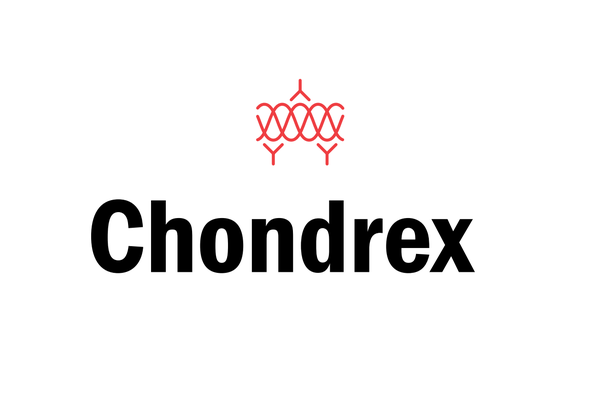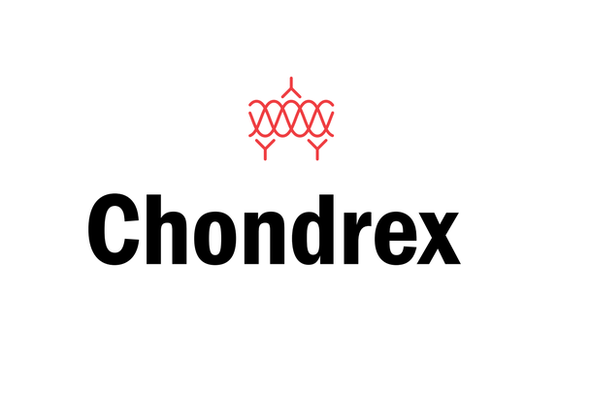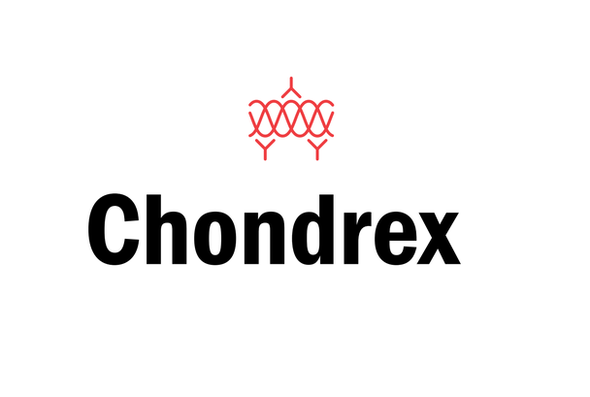Immunization Grade Bovine Type IX Collagen, 5 mg, lyophilized
- SKU:
- 445-1072
- Size:
- 5 mg
- Shipping:
- Gel Packs
- Storage:
- 4C, in the dark
Description
Immunization Grade Bovine Type IX Collagen, 5 mg, lyophilized - Cat Number: 1072 From Chondrex.
Research Field: Immunology
Clonality: N/A
Cross-Reactivity:
Host Origin: N/A
Applications: N/A
Isotype: N/A
Detection Range: N/A
Sample Type: N/A
Concentration: N/A
Immunogen:
DESCRIPTION: Type IX collagen purified from pepsin-solubilized bovine cartilage by repeat salt precipitation.
Type IX collagen is one of three types of collagen which make up cartilage fibrils. It consists of
three genetically distinct polypeptides, which are cross-linked by disulfide bonds and is digested
into two fragments, high molecular weight (HMW) and low molecular weight (LMW) fragments
by pepsin digestion from tissues. The ratio of HMW and LMW varies between individual
batches.
APPLICATION: Use as an immunizing antigen to generate antibodies, as an ELISA antigen to detect anti-type
IX collagen antibodies and as a standard for gel analysis.
NOTE: Anti-type IX collagen antibodies which cross-react to autologous type IX collagen may
contribute to the induction of polychondritis in certain strains of mice.
QUANTITY: 5 mg
FORM: Lyophilized powder
SOURCE: Bovine articular cartilage
MOLECULAR WEIGHT: Intact type IX collagen: approximately 220 kDa by 8% gel analysis under non-reduced
conditions
Pepsin solubilized type IX collagen is a mixture of three HMW (150, 135, and 120 kDa) and one
LMW (35 kDa) fragments.
PURITY: >90% by SDS-PAGE
STORAGE: 4°C in the dark for lyophilized form and -20°C for solution form. Collagen may gradually degrade
under neutral conditions.
STABILITY: 2 years
NOTES: Type IX collagen can be dissolved at 4 mg/ml in an acidic solution such as 0.01-0.05M acetic
acid, pH 3.0-3.3 or 0.15M citrate buffer, pH 3.6 by stirring at 4°C overnight. To neutralize the
solution, add 10X neutral buffer containing 1.5M NaCl or dialyze the solution against a neutral
buffer.
REFERENCES: M. Shimokomaki, V. Duance, A. Bailey. FEBS Lett. 121:51-54 (1980)
C. Reese, H. Wiedemann, K. Kuhn, R. Mayne, Biochemistry. 21:826-830 (1982)
M. van der Rest, R. Mayne, Y. Ninomiya, et al. J Biol Chem. 260:220-225 (1985)






